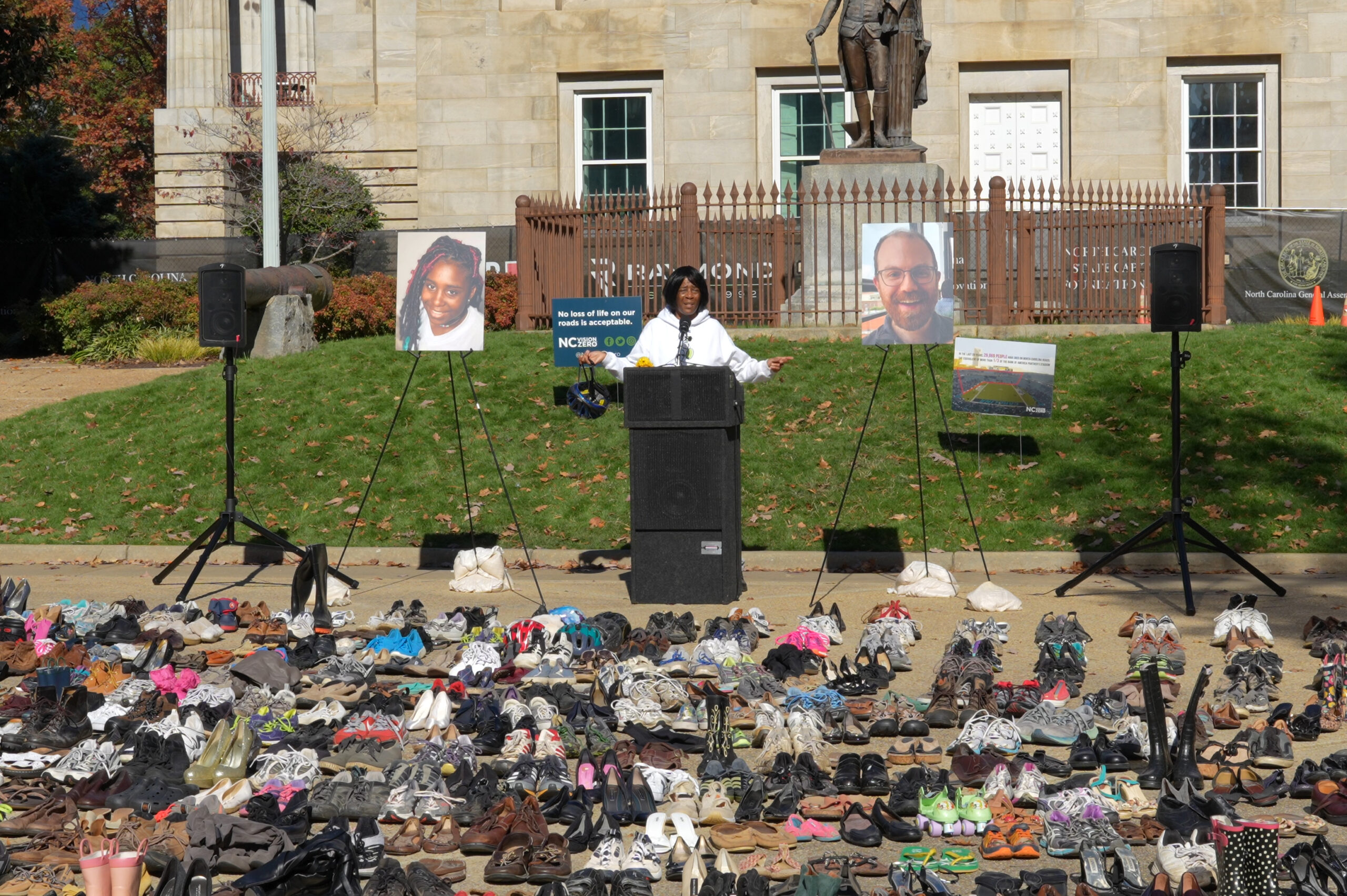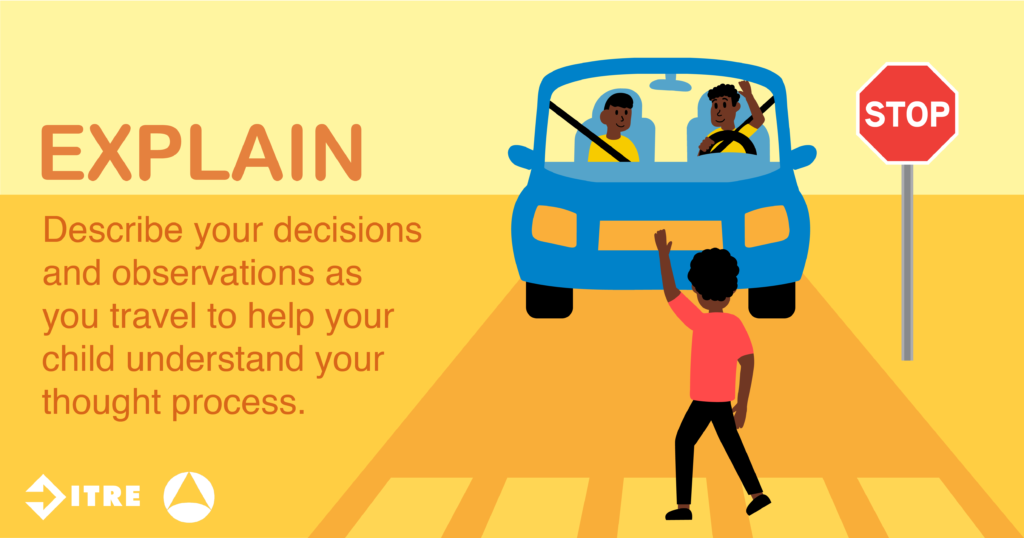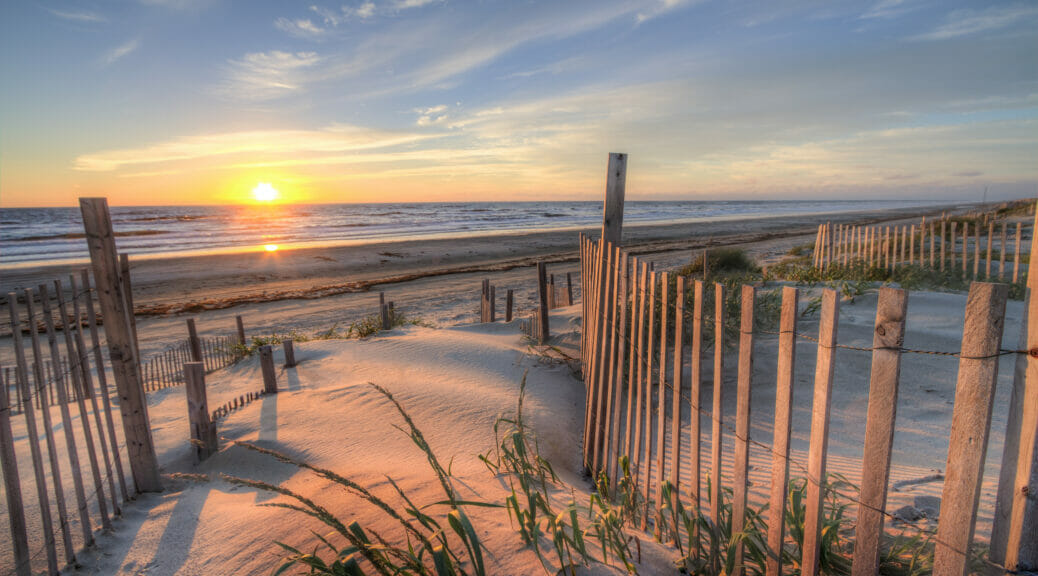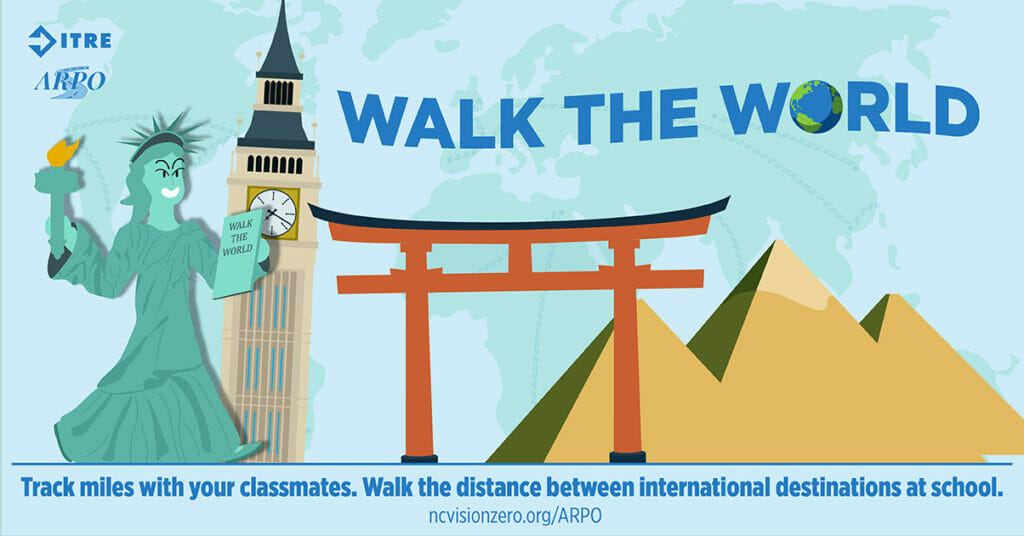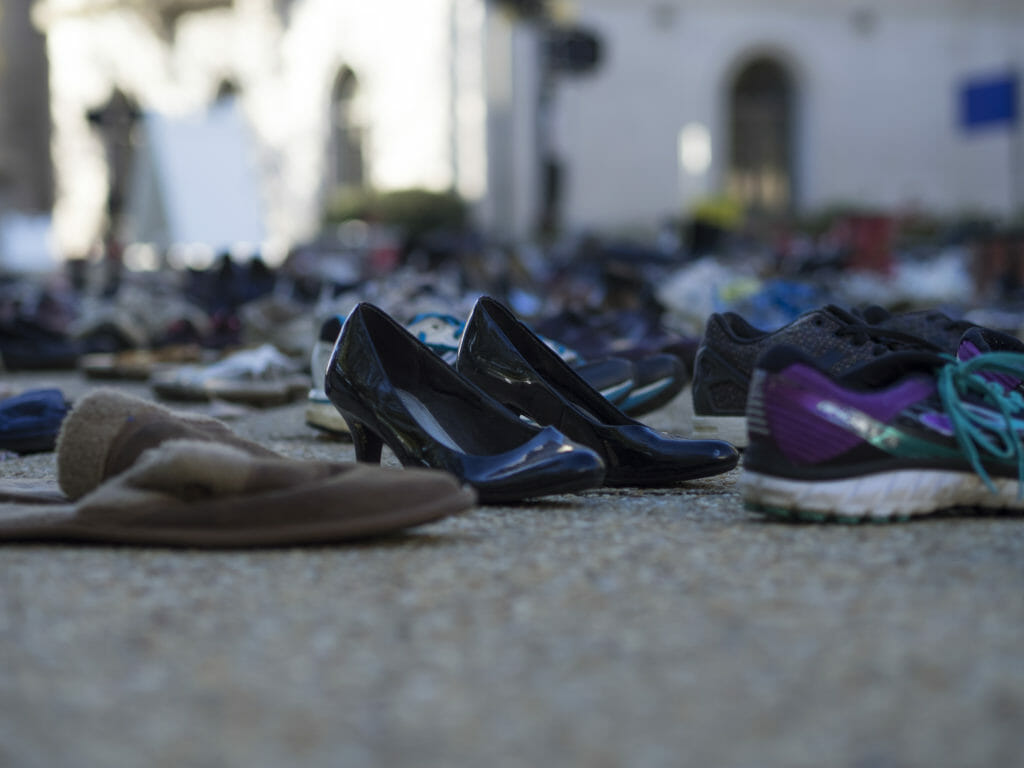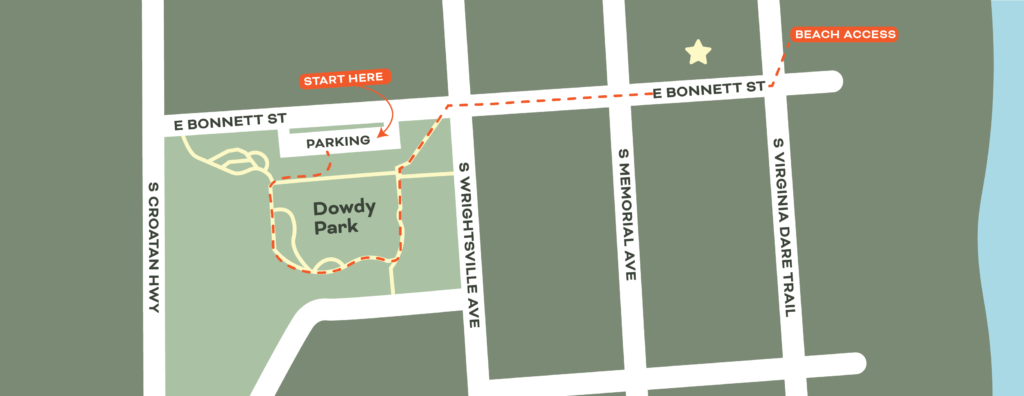Safe Streets Week is November 11 – 17, 2024
What is Safe Streets Week?
In the week leading up to the annual World Day of Remembrance for Road Traffic Victims, organizations, businesses, schools, and community groups across North Carolina will promote road safety through daily activities and outreach.
Everyone is welcome to participate!
Free, downloadable Activity Kits will be available on this page by October 2024. Join the email list below to receive updates and announcements!
Your Involvement Matters
By joining Safe Streets Week, you play a significant role in advocating for safer roads in your community. Together, we can create lasting change by adopting a zero tolerance approach to preventable traffic violence.
How to Participate
To register for Safe Streets Week, receive your activity kit, and receive updates on North Carolina World Day of Remembrance activities, sign up here.
The World Day of Remembrance (WDoR) Shoe Memorial and Press Event will be November 17, 2024 at First Ward Park in Charlotte, NC.
The WDoR Memorial features pairs of shoes which represent the 1,784 people killed on North Carolina roads in 2022 (Source: NCDOT Crash Facts).
Participating Organizations

Safe Streets Week Advisory Committee
- Daniel Carter, NCDOT
- Katherine Dale, Town of Winterville
- Jennifer Delcourt, GHSP
- Eliza Fitzpatrick, NC SADD
- Elyse Keefe, UNC IPRC
- Wannetta Mallette, Burlington-Graham MPO
- Anne Phillips, Just Cities Collective
- Nancy Pullen-Seufert, UNC HSRC
- Kristel Robison, UNC HSRC
- Tracy Russ, ITRE at NC State University
- Tricia Smar, Duke University Hospital
- Luke Tabor, ITRE at NC State University
- Derrick Waller, Stantec
- Ellen Walston, East Carolina Injury Prevention Program
